Soup – an evidence-based medicine? Inspire article
Could chicken soup and other traditional home-made broths have healing powers? Bioscientist Jake Baum decided to explore this question – with the help of a local primary school.
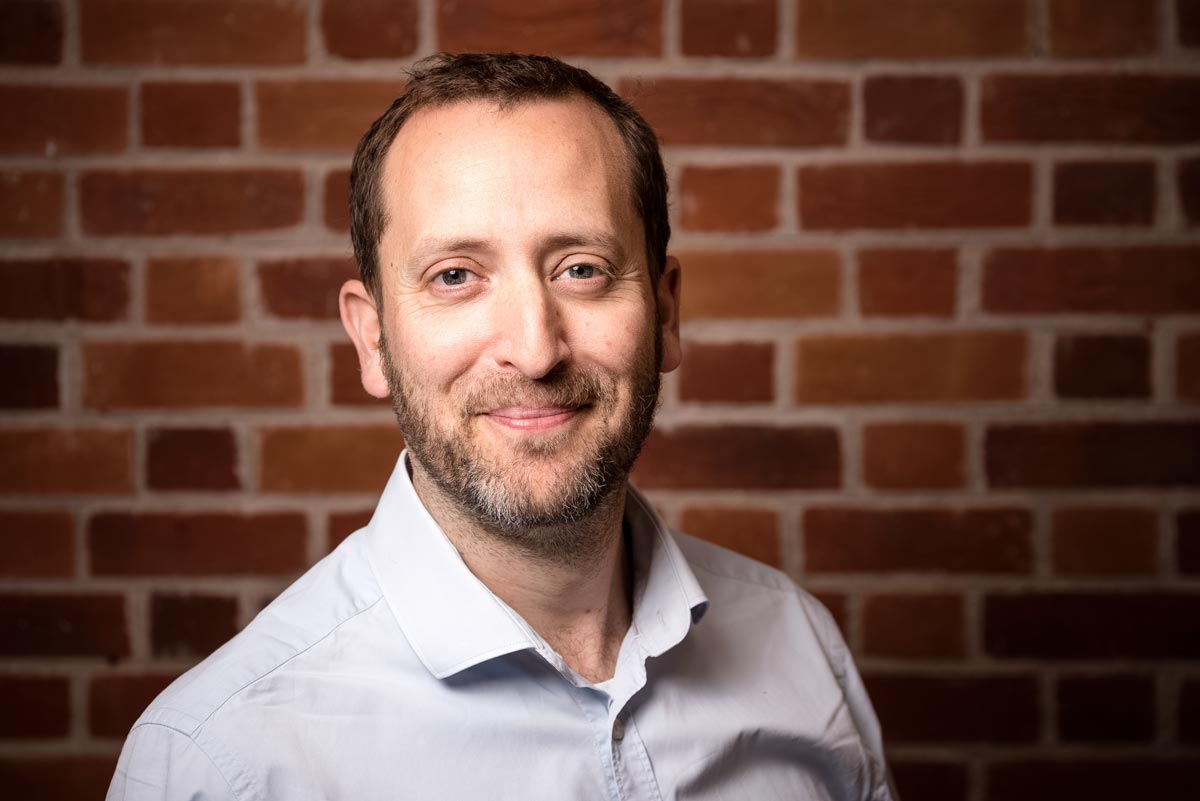
Wellcome
What is a medicine? While it’s a surprisingly deep question, one recent research project suggests that some answers might be found in everyday bowls of soup. Perhaps even more remarkably, primary school children were key players in this research.
The project was done by a team led by biomedical researcher Professor Jake Baum from Imperial College London, UK. The idea for the project came when Baum was debating with his two children about the differences between traditional remedies, alternative medicine and modern scientific medicine. ‘It got me thinking about how this was a really important question in this day and age, when we’re all fighting concepts like fake news and something being bogus or something being real,’ says Baum. ‘I felt like actually there’s a lot of debate around this idea of what’s a real medicine.’ For Baum, the specific disease or treatment is less important than teaching children how evidence can show us which medicines are effective. So he hit on the idea of testing whether soups made to traditional recipes – and often believed to have curative powers – can indeed remedy illness. ‘We thought, let’s get kids thinking about what they’re given when they’re sick and you never know – maybe some of those soups can even have anti-microbial properties.’
That conversation then prompted Baum to respond to a request from Eden Primary School in London, which his children attend, for parents who work as scientists to get involved with its science week. As deputy head Helen Graff explains, ‘At Eden we have a particular approach to learning: wherever possible we encourage the children to explore, investigate and research for themselves. We also try to involve experts in their field, to give the children real-life experiences whenever we can.’ So when Baum outlined the project he had in mind, the school agreed to join forces with the university scientists to evaluate the medicinal potential of soup made to traditional recipes.
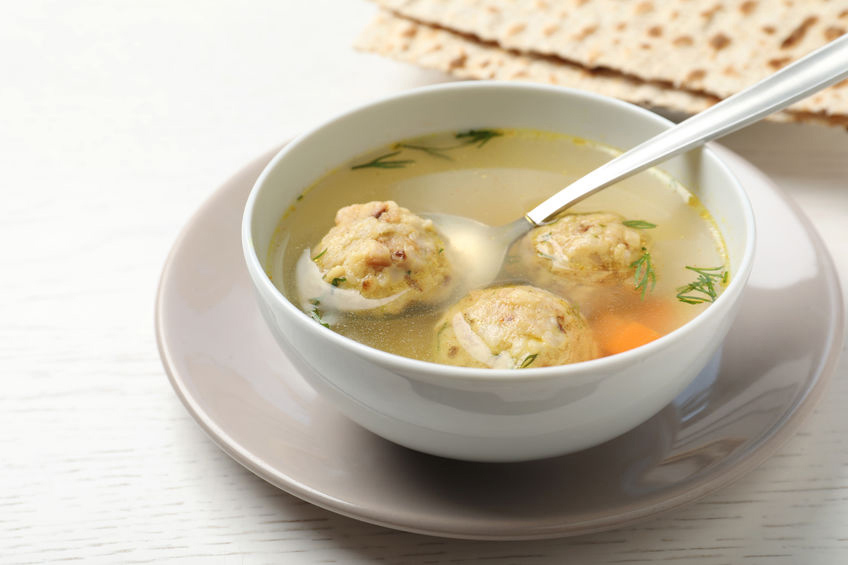
Kurman Communications Inc./Flickr, CC BY 2.0
From kitchen to laboratory
In his research, Baum studies malaria, exploring aspects such as how the plasmodium parasites (Plasmodium falciparum) move, and seeking to stop the parasite as it traverses tissues and invades different cells. Much of this research explores how parasites enter cells in mosquitoes that spread the parasites, which then spread to people when an infected mosquito bites them. Because of this background, his team’s project with Eden Primary focused on malaria, and on whether any traditional soups given to sick people across different cultures might help against this disease. In truth, it was an unlikely prospect that ordinary soup could be a real medicine, but it was not impossible. If a soup contains molecules that could enter our bloodstream and interfere with malaria parasites, then potentially these molecules could serve as a starting point for developing new medicines.
To begin the project, Eden Primary pupils were invited to bring in clear broths made at home to traditional family recipes. All the pupils were north Londoners, with this metropolitan population spanning a diverse range of origins from across Europe, North Africa, and the Middle East. This resulted in a great variety of samples. One soup made with beetroot stood out because it was blood red, while other recipes included chicken soups, beef broths and some clear vegetable broths.
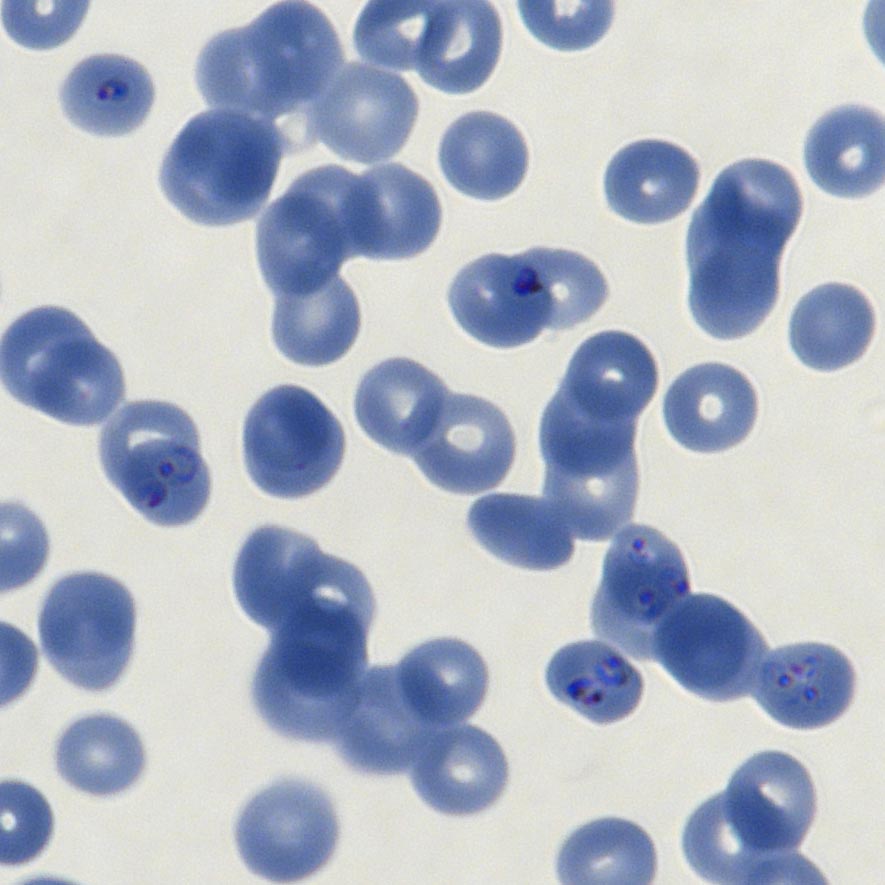
(Plasmodium falciparum) inside red
blood cells
Sabrina Yahiya, Baum Laboratory
Pupils aged 7–8 then spent a morning learning how to use a centrifuge to make the samples clear enough for the scientists to study. Finally, they labelled the samples using barcodes, rather than names or descriptions, ensuring the study was sufficiently ‘blind’. The samples were then handed over to the researchers.
In the laboratory, the researchers carried out two tests on whether any of the samples might work as malaria treatments. These tests both looked at the lifecycle stages of Plasmodium falciparum during which the parasite lives in the bloodstream. In the first test, Baum and his colleagues studied whether any of the broths could slow down the parasite’s growth in the stage associated with disease. In the second, they tested whether any broths could help stop the parasite maturing, thereby blocking its transmission.
Despite folk tales of the healing power of broth, Baum admits he was sceptical that any would be effective against malaria. ‘I had every suspicion that parasites, like most organisms, thrive when you give them nutrients, and I thought they’d just grow better,’ he says. So, what did the results reveal? Baum’s expectation was true in some cases – including his own family recipe for chicken soup, about which he was particularly disappointed. But some broths did indeed interfere with the malaria parasites’ growth and maturation.
Positive findings
In fact, several samples were very potent. One broth was as effective against malaria as the current leading antimalarial drug, dihydroartemisinin. reducing the parasite’s growth rate in the first test by more than 50 per cent. When the test was unblinded, it emerged that this soup was vegetarian, based primarily on cabbage. Four other soups were effective in stopping malaria parasites maturing in the second laboratory test. Compared to a control sample, fewer than half the parasites matured, which could be an effective block against malaria transmission.
In these five active soups, the recipes varied greatly. ‘Nothing stood out in terms of consistency, like which soup was giving which property, but the fact that any soups had any activity was heart-warming and surprising’, Baum says.
However, this finding has two main take-away messages that Baum highlights. First, traditional and modern medicines might not be all that different, as long as they’re based on evidence. In other words, if it works, it’s medicine. The second message is that there are probably many traditional medicines that could be explored to help fighting diseases such as malaria. ‘There are natural products, traditional remedies out there that certainly do contain very active potential drugs’, Baum stresses. ‘Some of the best antimalarials we’ve ever had have come from natural products.’
For example, dihydroartemisinin was extracted, tested and then synthetically produced from artemisia, a 3000-year-old herb. Similarly quinine, the first line treatment for malaria before dihydroartemisinin, was isolated from the bark of the South American cinchona tree. ‘That’s two major antimalarials that came from natural products’, Baum says. ‘So we shouldn’t be blind to the idea that there might be wisdom out there in traditional recipes.’
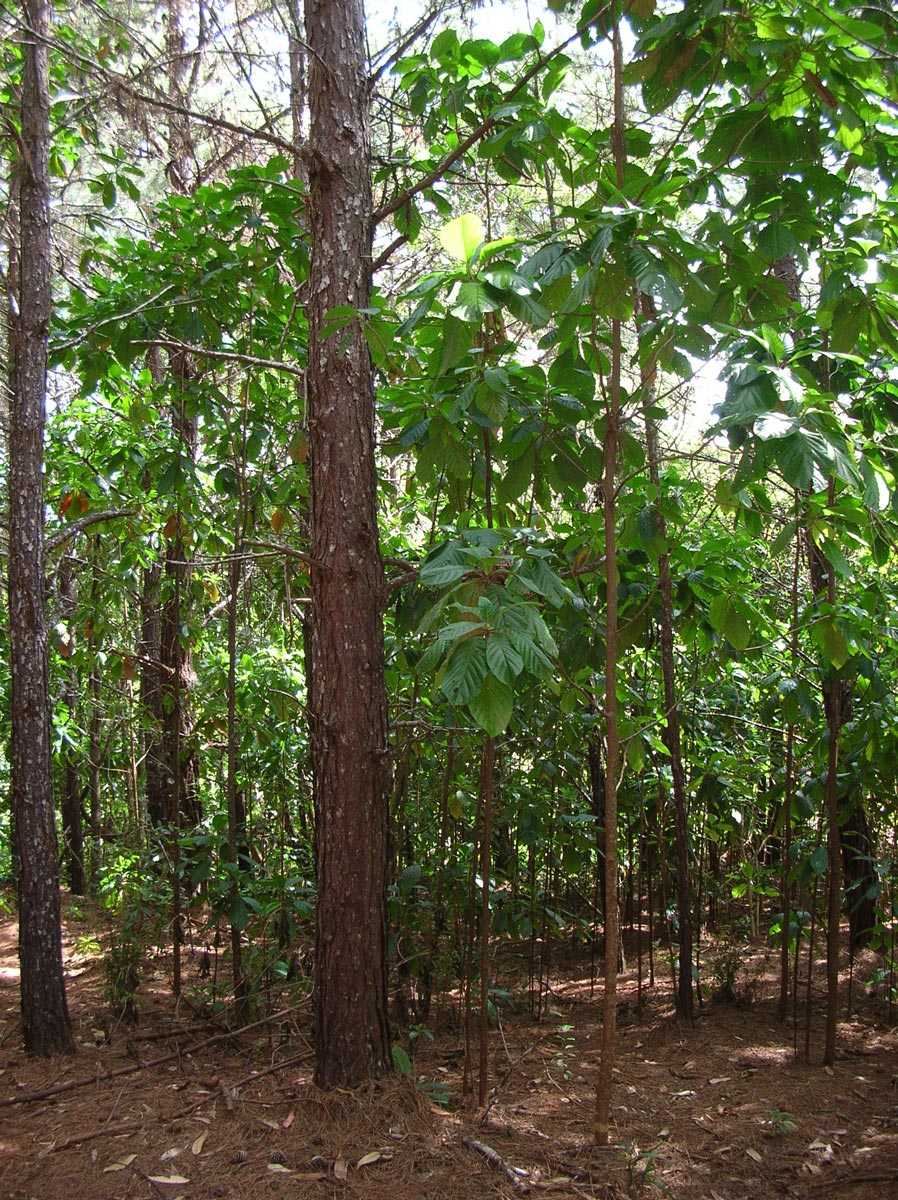
Forest and Kim Starr/Flickr, CC BY 2.0
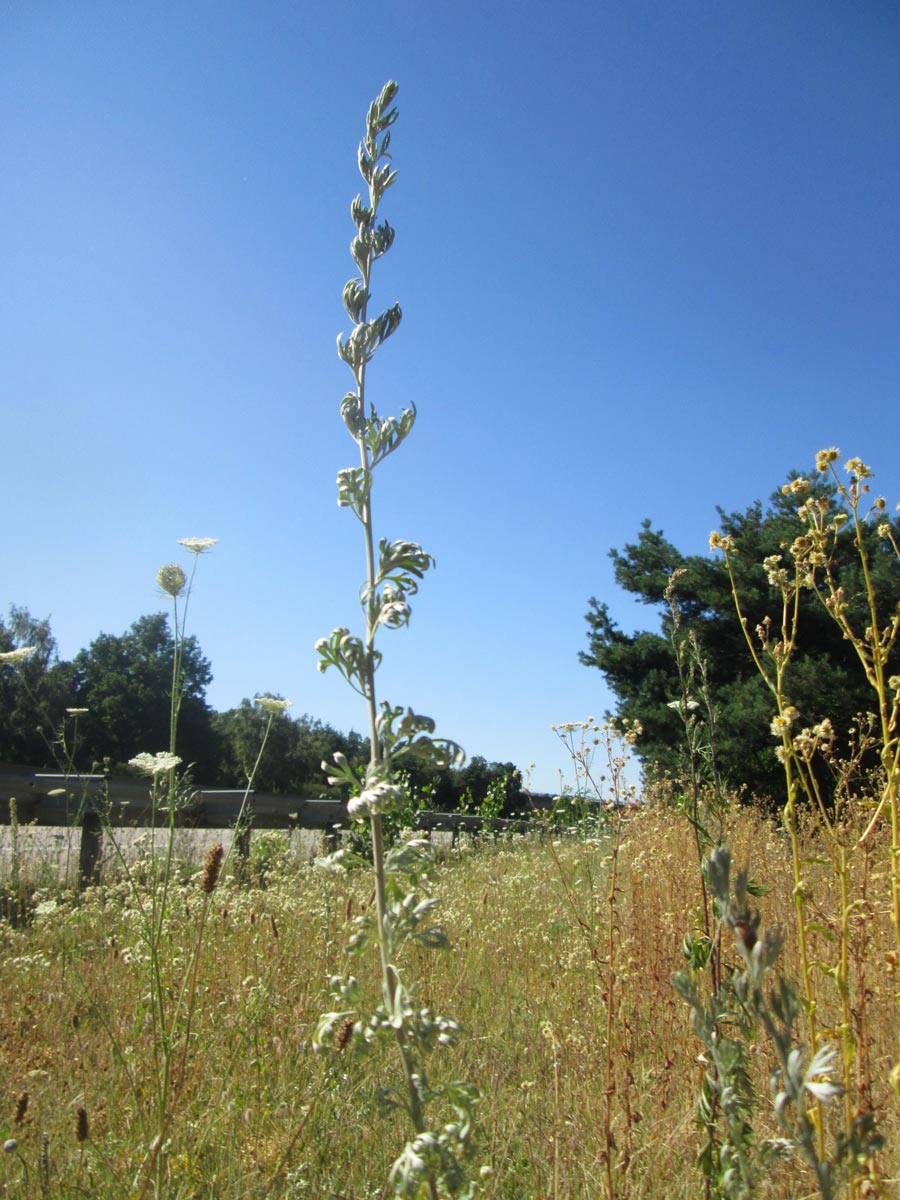
Andreas Rockstein/Flickr, CC BY-SA 2.0
But Baum also warns that the journey towards a useful drug could be very long and complicated, even though a couple of the soups were pretty potent in the limited setting of the experiment. Of course, it’s not the case that just eating the active soup would necessarily have the same inhibitory effect as found in the laboratory tests. And the expertise of Baum’s team does not include isolating an active drug molecule from complex soup mixtures, so Baum admits that he and his colleagues will not be hunting the exact drug molecule. Instead, he highlights organisations like the Medicines for Malaria Venture, who are interested in natural product chemicals, as well as in entirely synthetic new chemicals. ‘There’s a large international community that’s trying to test as many compounds as possible,’ he says. ‘People are painstakingly isolating different chemicals from different plants or different natural products and trying to standardise and then testing them. And that’s one of the best ways of finding new drugs.’
Helen Graff hopes the main lesson for teachers is: ‘Never ask the children to carry out a science enquiry where they already know the answer. Real-life examples or problems are always best’, she stresses. For Baum, the key lesson is a broader one about how we seek truth. He concludes: ‘Whether it’s the evidence for climate change, the evidence for vaccines doing us good or the evidence that certain foods are good or bad for us. If kids can understand what testing is, how we gather evidence and what the answers we get mean, we will be better placed for the future.’
References
- Straschil U. et al. (2019) Screen of traditional soup broths with reported antipyretic activity towards the discovery of potential antimalarials. Archives of Disease in Childhood 104 (12): 1138-1142. doi: 10.1136/archdischild-2019-317590
Resources
- Listen to Jake Baum talk to the Canadian Broadcasting Corporation about the traditional soup study.
- Find out about the work of Chinese scientist Tu Youyou in developing artemisinin on the Nobel Prize website.
- Read an article on from Science in School on medicines derived from natural sources.
- Find out more about malaria and its treatment on the Medicines for Malaria Venture website.





